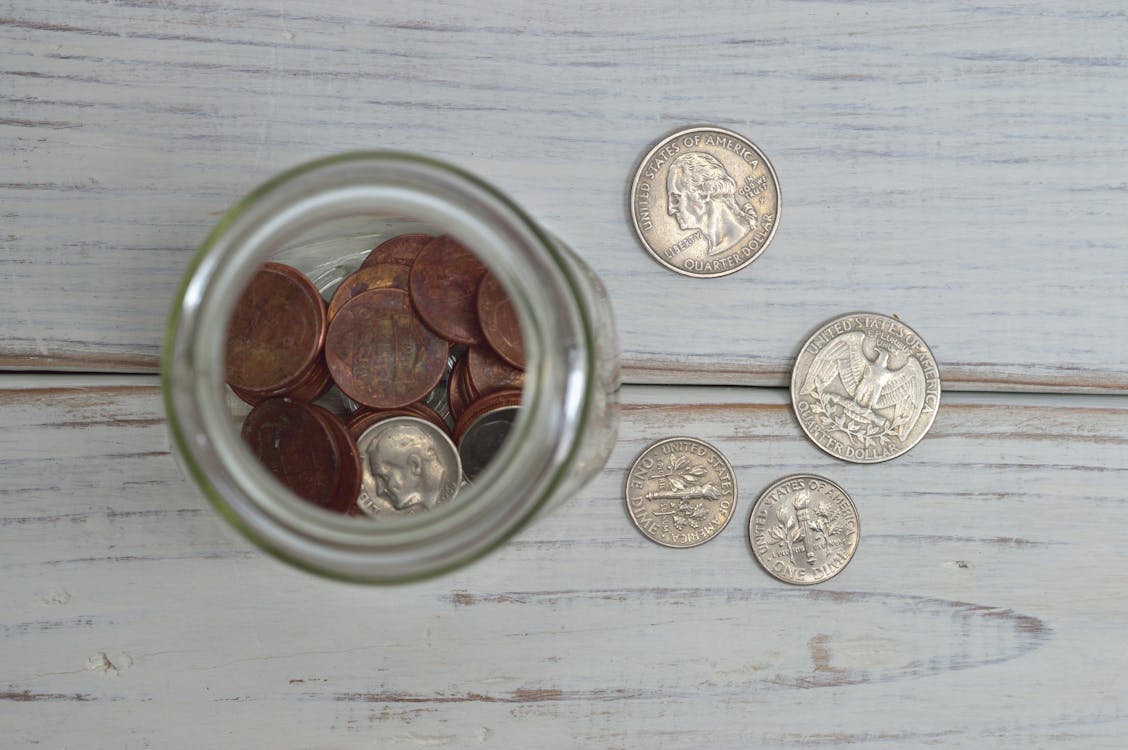The Bicentennial Quarter, minted in 1976, commemorates the United States’ 200th anniversary and features a unique design that has captured the attention of collectors. While many of these quarters are found in circulation today, some possess rare minting errors that can significantly increase their value. This article delves into the fascinating world of Bicentennial Quarters, highlighting how specific minting errors can lead to substantial payoffs for collectors.
Understanding the Bicentennial Quarter
The 1976 Bicentennial Quarter features a distinctive design with the reverse side showcasing a drummer from the Revolutionary War, symbolizing American independence. The coin was minted in both Philadelphia and Denver, with some quarters produced in a special silver-clad composition for collectors. The unique design and historical significance make these quarters appealing to numismatists.
Common Minting Errors
Minting errors occur during the production process and can dramatically affect a coin’s value. Here are some notable types of errors found in Bicentennial Quarters:
- Off-Center Strikes: This error happens when the planchet (the blank metal disc) is not aligned correctly during striking. For instance, a quarter struck 30% off-center sold for $264 at auction. The more misaligned the strike, the higher its potential value1.
- Double Strikes: A double strike occurs when a coin is struck twice, often resulting in overlapping designs. A rare example of this error on a Bicentennial Quarter sold for an impressive $9,000 due to its unique characteristics and high grade1.
- Filled Mint Marks: Sometimes, the mint mark on a quarter can appear filled or missing due to die wear or damage during production. A quarter with such an error may fetch prices upwards of $4,000 depending on its condition2.
- Wrong Planchet Errors: Occasionally, quarters are struck on incorrect planchets, such as those meant for other denominations. One notable example involved a quarter struck on a dime planchet, which sold for over $9,600 at auction due to its rarity and unique error2.
Valuation of Error Coins
The value of error coins is determined by several factors:
- Rarity: The fewer coins available with a particular error, the more valuable they become.
- Condition: Coins graded higher by professional grading services (like PCGS) command higher prices.
- Market Demand: The interest level among collectors can drive prices up significantly.
For instance, a mint state 66 Bicentennial Quarter without errors can be worth around $8,400 if it’s particularly well-preserved
1. In contrast, common circulated quarters typically hold little to no premium over face value.
Collecting Tips for Bicentennial Quarters
For those interested in collecting Bicentennial Quarters or looking to evaluate their collection:
- Inspect Each Coin Carefully: Look for signs of minting errors such as off-center strikes or unusual markings.
- Get Professional Grading: Consider having valuable coins graded by professional services to establish their market value.
- Stay Informed: Follow market trends and auction results to understand which errors are currently sought after by collectors.
Conclusion
Bicentennial Quarters offer an exciting opportunity for both novice and seasoned collectors alike. While many of these coins are common and easily found in circulation, those with minting errors can lead to significant payoffs. By understanding what makes these coins valuable and learning how to identify potential errors, collectors can enhance their collections and possibly turn them into profitable investments. Keep an eye out for those unique pieces that could be hiding in your pocket change!

I’m passionate writer and digital content creator with a background in journalism. With a keen interest in exploring a wide range of topics—from technology to lifestyle and beyond—I bring fresh insights and thought-provoking commentary to the readers of Idegg.org. My curiosity and love for storytelling makes me a perfect fit for sharing the diverse, ever-evolving content the blog is known for.


Is there any image you can send me. Via Gmail.